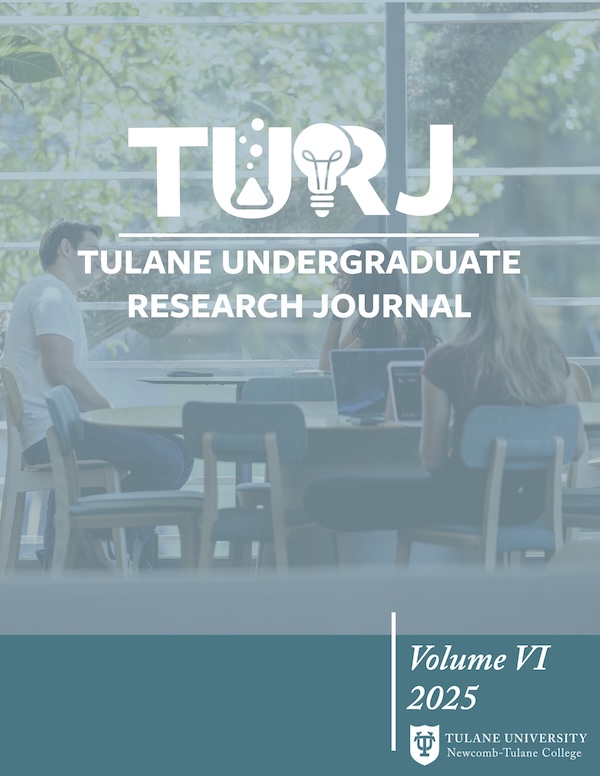Comparative Analysis of Temperature Effects on the American Black Bear (Ursus americanus) Subspecies
Abstract
This study investigates the influence of temperature on stereotypic behaviors in two subspecies of American Black bears (Ursus americanus), the Louisiana black Bear (Ursus americanus luteolus) and the Kenai black bear (Ursus americanus perniger), housed at the Audubon Zoo in New Orleans, Louisiana. Using focal animal sampling, I observed the bears' behaviors over several sessions, recording temperature data before each observation. Results indicate a significant positive relationship between temperature and stereotypic behaviors in the Kenai black bear, suggesting that this subspecies, acclimatized to cooler climates, exhibits stress responses when exposed to warmer environments. In contrast, the Louisiana Black Bear showed no significant changes in stereotypic behavior with temperature fluctuations, reflecting its adaptation to the warmer, subtropical conditions of the southern U.S. The interaction between temperature and location was also significant, highlighting the compounded effects of environmental stressors and subspecies-specific adaptations. These findings underscore the importance of phenotypic plasticity in shaping how these bears respond to temperature, with the Louisiana black bear demonstrating greater resilience. The study also discusses broader implications for the conservation of cold-adapted species in the context of climate change, suggesting that species like the Kenai black bear may face heightened vulnerability due to warming global temperatures. Overall, this research emphasizes the need for tailored management practices in zoos and conservation efforts to mitigate the effects of environmental stress on both captive and wild bear populations.
Downloads
Downloads
Published
Issue
Section
License
Copyright (c) 2025 Jacob Kaplan

This work is licensed under a Creative Commons Attribution-NonCommercial-NoDerivatives 4.0 International License.
Tulane Undergraduate Research Journal is an open-access journal, so articles will be released under a Creative Commons Attribution-Noncommercial-NoDerivs CC-BY-NC-ND 3.0 Unported license, allowing the free dissemination of the work for noncommercial purposes. Authors retain copyright to the work and grant the journal right of first publication with the work simultaneously licensed under the Creative CommonsAttribution-NonCommercial-NoDerivs 3.0 Unported (CC BY-NC-ND 3.0) [see http://creativecommons.org/licenses/by-nc-nd/3.0/legalcode]; authors further grant the journal a waiver of clause 4(b) [restriction against commercial advantage or private monetary compensation]. If the journal rejects the work, the journal simultaneously waives the granted right of first publication.



